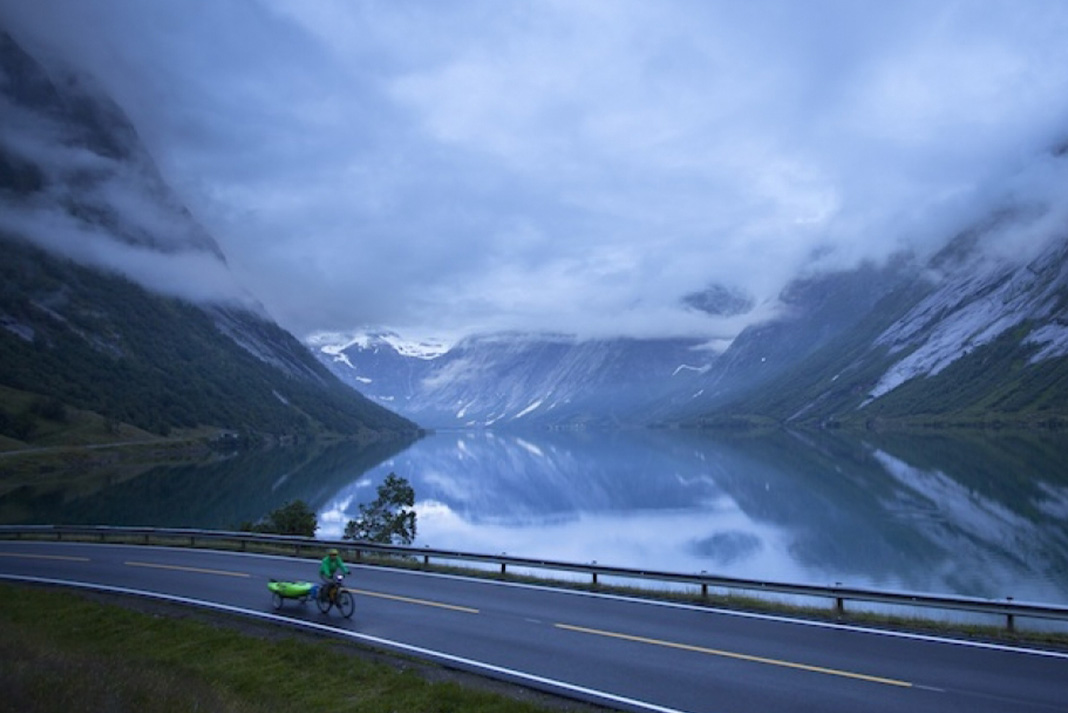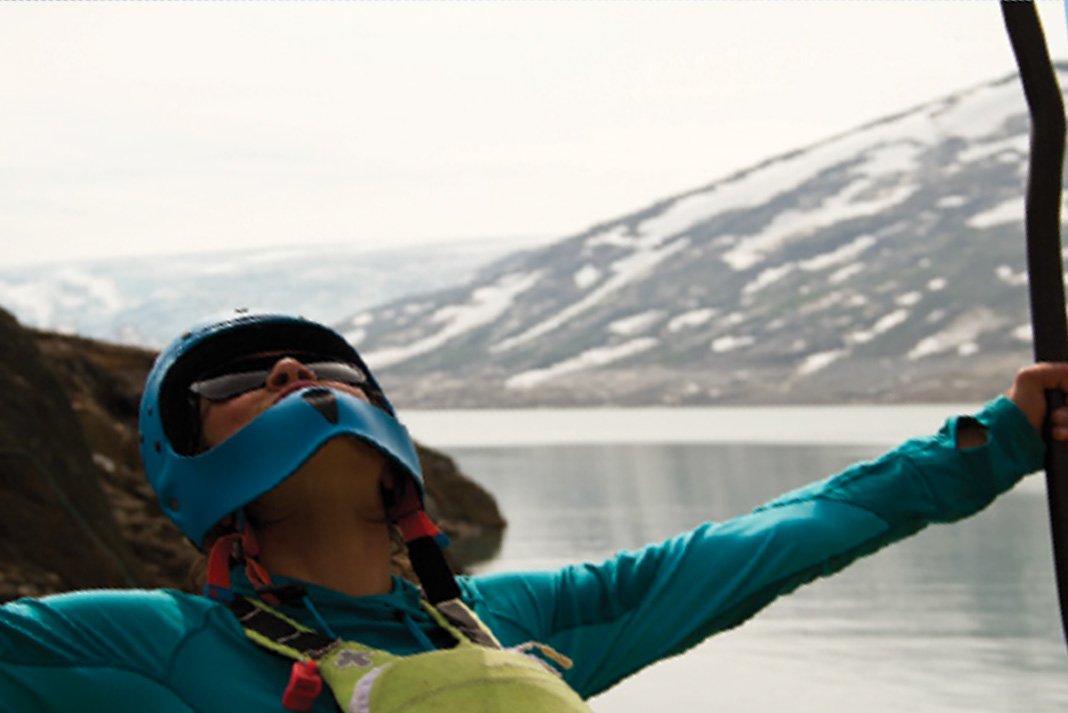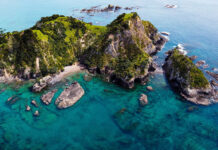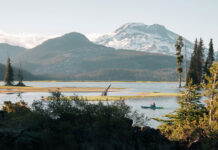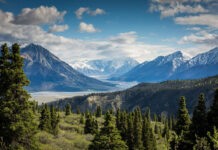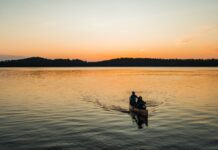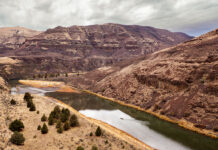Combine 24 hours of summer sunlight, reliable water levels, friendly locals, endless coastline and untouched rivers cutting through vast Scandinavian wilderness, and you’ve just scratched the surface of Norway’s majesty.
Surreal to North American travelers is a right to access law—sometimes called freedom to roam—which means exploring and camping is fair game for respectful visitors on any public land.
“Norway offers a wide range of whitewater—from class III to hard class V. Read and run, park ‘n’ huck, slides, waterfalls, multi-days or shorter runs—it’s all there,” says Norwegian paddler Mariann Saether. “You can enjoy a waterfall tour in the fjords one afternoon and easily drive to the Sjoa and the glacier rivers that same evening.”
“When God built the earth, Norway was his masterpiece,” says German filmmaker and professional kayaker Olaf Obsommer, co-author of Norway: The White Water Guide, the bible of Norwegian river trips.
Obsommer has travelled to Norway 20 times since the early ‘90s and cannot get enough.
“The rivers are easily accessible and the distance to the next river is never very far. The quality of the whitewater is amazing as well—Norway is the kingdom of whitewater, and there is still the possibility of exploring new runs.”
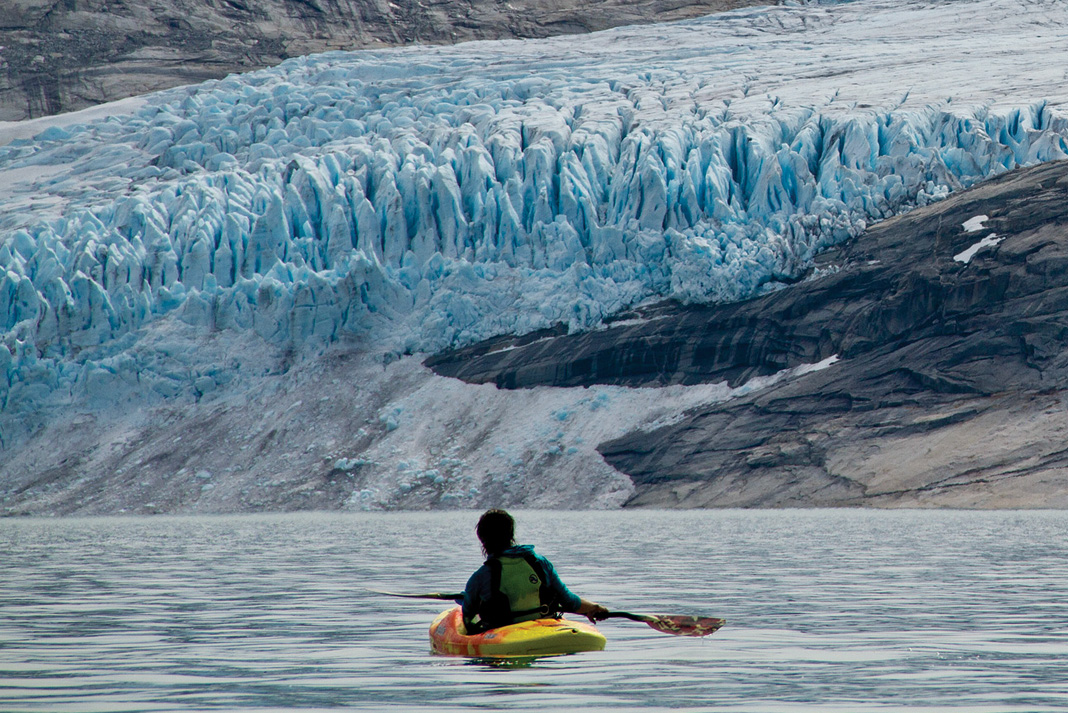
When…
Paddle under the midnight sun between May and September.
Where…
Fly to Oslo and rent a car. The Soja and Voss regions—both an easy day’s drive from Oslo—are a must, says Saether, for their “clean whitewater, amazing scenery and a glimpse of the heart of Norwegian culture and tradition.”
For travelers with more time, Saether recommends taking the 10-hour drive from Sjoa to Hattfjelldal, just south of the Arctic Circle. She says despite a recent increase in popularity, the region is still fairly untouched.
For breathtaking scenery, Saether says to road trip from Mosjøen to Bodø along the coast. Though there’s only one whitewater stop on route—the Glomåga River—“I highly recommend the drive in itself,” says Saether. “I have never seen anywhere as beautiful as this 300-kilometer-long coastline.”
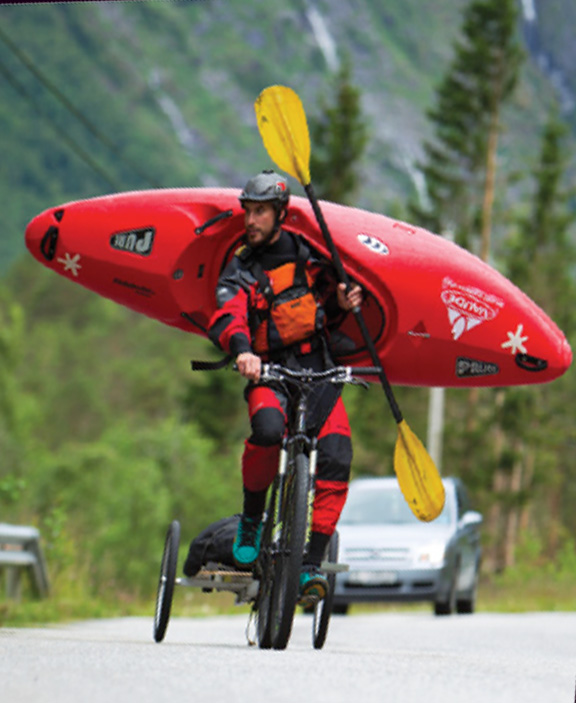
Plan Your Trip
Norway: The White Water Guide startedtaking shape when Obsommer was on a three-month trip to Norway and started taking notes about put-ins, take-outs, the difficulty of whitewater, camping spots and more. This book, co-authored by Jens Klatt, is your ultimate guide to Norwegian whitewater.
Culture & Folklore
“If you meet a beautiful woman out in the woods, check if she has a cow tail,” says Saether—she may be Huldra, the seductress of Scandinavian folklore. The water spirit Nøkken lures victims to waterfalls or deep forest ponds. “We have a lot of stories about creatures in the forest and mountains and oceans,” says Saether whose home region, the Sjoa and Otta valley, is characterized by majestic farms with log houses and grass roofs. “To get the culture one needs to get out to the countryside.”
Gear
Saether recommends travelers bring their own kayaks—it’s expensive to buy boats in Norway and, though rentals are available, you’ll be stuck with a big bill if anything happens to borrowed boats. The weather is always changing, so be prepared for precipitation and a wide temperature range.
Guides
To hire a local guide, check out Saether’s company, www.soriamoriadventures.com or www.kayakvoss.com.
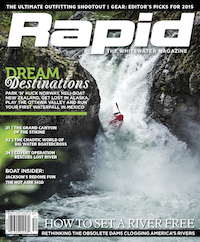 This article first appeared in the Early Summer 2015 issue of Rapid Magazine.
This article first appeared in the Early Summer 2015 issue of Rapid Magazine.
Subscribe to Paddling Magazine and get 25 years of digital magazine archives including our legacy titles: Rapid, Adventure Kayak and Canoeroots.



